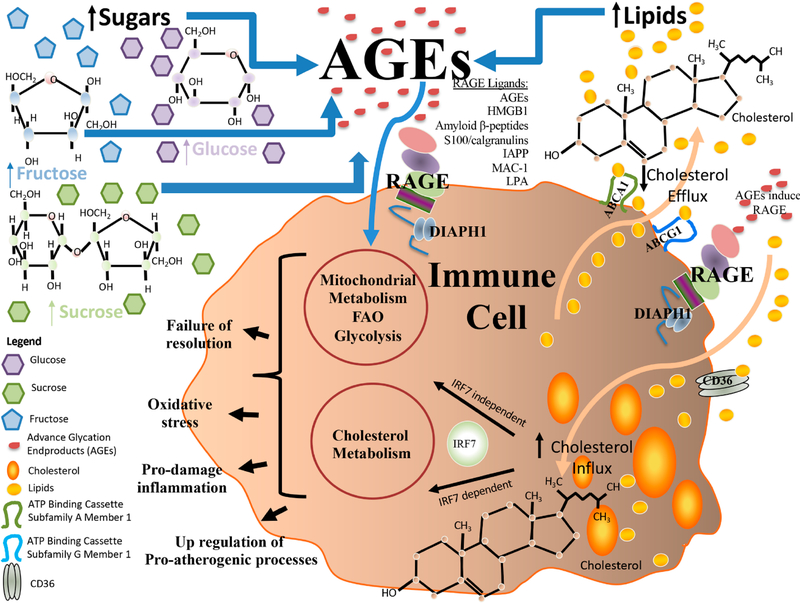Figure 3. RAGE and Roles in Immunometabolism: an evolving biology in the sphere of sugars, lipids and cholesterol.
RAGE plays numerous roles in immunometabolism and research has unveiled that a number distinct biochemical species drive these responses. For example, studies have identified roles for sugars such as sucrose, fructose and glucose in the production of AGEs, which, via RAGE, may exert numerous downstream consequences, such as exacerbation of pro-damage inflammation; failure of resolution of inflammation; oxidative stress and up-regulation of atherogenic processes. Such downstream consequences affect the properties of immune cells, such as macrophages and DCs. In addition, it has been shown that RAGE expression in immune cells, such as macrophages, plays important roles in the handling of cholesterol, such as in cellular uptake, esterification and, as shown in numerous studies, in efflux, at least in part through RAGE ligand-mediated downregulation of cholesterol transporters Abca1 and Abcg1. In this context, the increased level of intracellular lipid species may, particularly in pro-atherogenic or diabetic environments, lead to oxidation of these moieties, thereby further exacerbating cellular stress and dysfunction. In addition, recent insights have uncovered roles for RAGE in regulation of IRF7, which, based on the functions of IRF7, highlights a molecular bridge for these pathways in regulation of RAGE ligand-dependent cholesterol metabolism and inflammation.

